America now has a second B-21 Raider stealth bomber in the sky
- By Alex Hollings
Share This Article
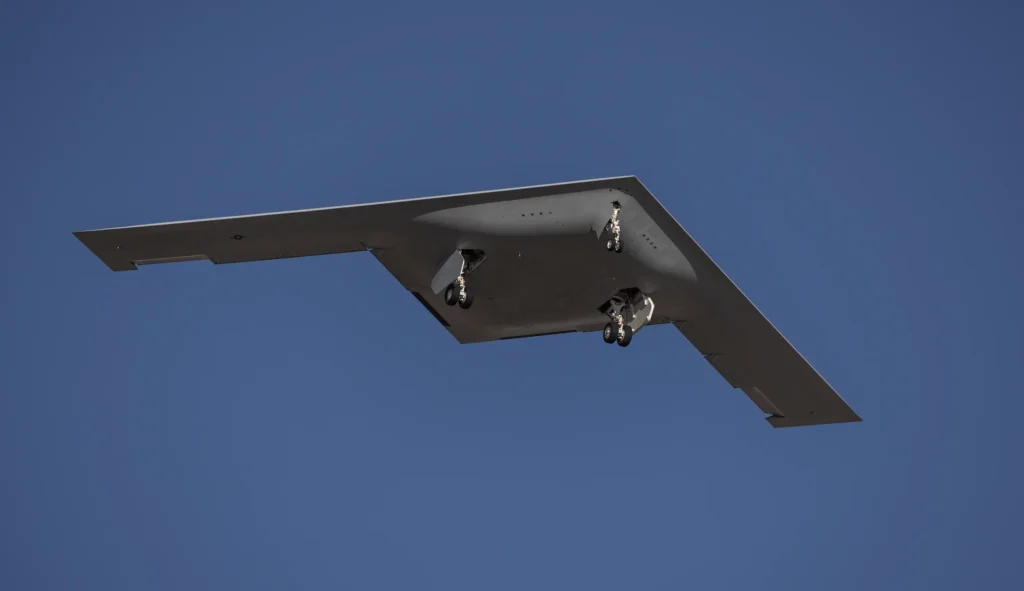
America now has two B-21 Raider stealth bombers conducting flight tests, with the second of these advanced new aircraft taking flight for the first time on Thursday afternoon. Like the first B-21, which has been flying since November 2023, this new bomber took off from the famed Air Force Plant 42 in Palmdale, California, and flew Northeast, landing at Edwards Air Force Base, a bit less than 25 miles away, where it joined the first flying Raider for ongoing tests.
Northrop Grumman, the B-21’s manufacturer, has also produced two more stealth bomber airframes, known as G-1 and G-2, which were built solely for ground testing. Based on previous statements from Air Force officials, we also know that there are at least two more B-21 airframes at some stage of production within the classified confines of Plant 42, but realistically speaking, that number could well be higher.
According to Air Force Secretary Troy Meink, the B-21 testing program will now advance into mission system testing and weapons evaluations, marking a significant step toward these bombers entering service by the close of the decade.
Unlike past stealth fighter and bomber efforts, which have almost universally seen serious budget overages and technical delays, Northrop’s B-21 program has, thus far, served as a clinic in how to get advanced new jets into service. The firm received a development contract for the bomber in 2015, with a projected per-unit cost of $550 million in 2015 currency, which, when adjusted to today’s inflation, would be roughly $762.4 million per bomber. However, early development on the bomber has gone rather smoothly, and as a result, the currently reported estimated cost per aircraft sits at around $700 million. That means the bomber has actually gotten cheaper since the program began.
A great deal of this success can be attributed to Northrop Grumman’s advanced digital testing regime that allowing the company to functionally test the aircraft in a simulated environment extensively before ever bolting on a body panel. It is also worth noting that Northrop has had to eat a bit more than $2 billion in losses associated with the effort in recent years, mostly tied to inflation, workforce disruptions, and changes to their manufacturing infrastructure that Northrop says will allow them to increase the production rate of these bombers.
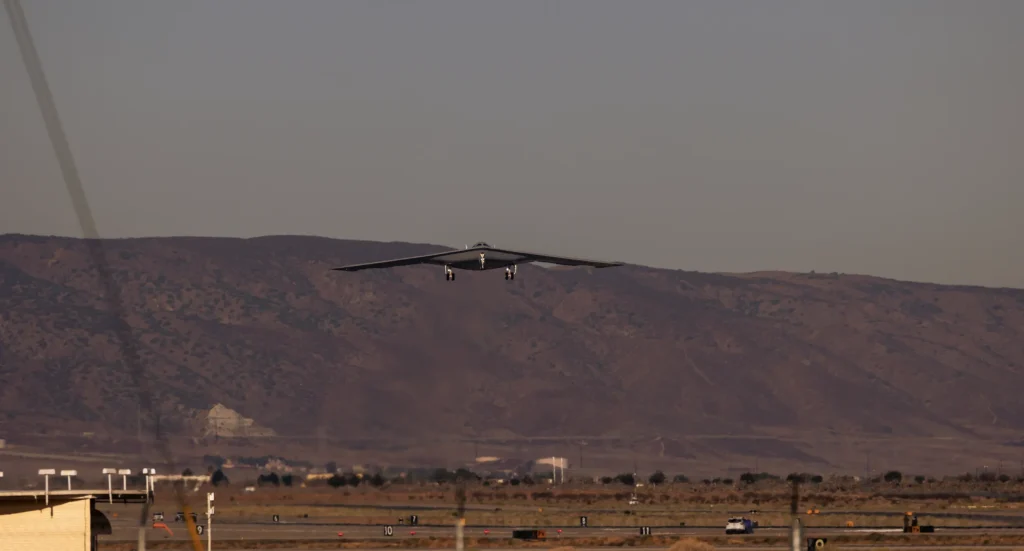
However, Sandboxx News has also long speculated that part of the B-21’s success can likely be attributed to a much more secretive Northrop Grumman aircraft – one that’s so classified that we still don’t know it’s official designation, but most of us know it as the “RQ-180.” This large, high-flying stealth spy plane is believed to have entered service in 2015 and shares a similar size and planeform to the Raider. It seems possible, then, that the B-21 has benefited from RQ-180 development and testing, allowing the Raider program to skip right past headaches that were solved by its sister jet.
The B-21 does bear a resemblance to its predecessor, the only in-service stealth bomber in the world, Northrop’s B-2 Spirit, though the B-21 is slightly smaller and can fly a much wider array of mission sets. The B-2 has been in service since 1997, and despite upgrades over the years, can still really only function as a heavy payload bomber.
The B-21, on the other hand, is equipped with what’s been described as the most advanced intelligence, surveillance, and reconnaissance suite ever fielded, making this extremely low-observable aircraft just as much a spy plane as it is a bomber. The Raider is also expected to carry advanced communications hardware, allowing it to serve as a central networking hub for all other assets in the battlespace, from managing AI-enabled drones, to coordinating with crewed fighters, to engaging targets identified by ground forces.
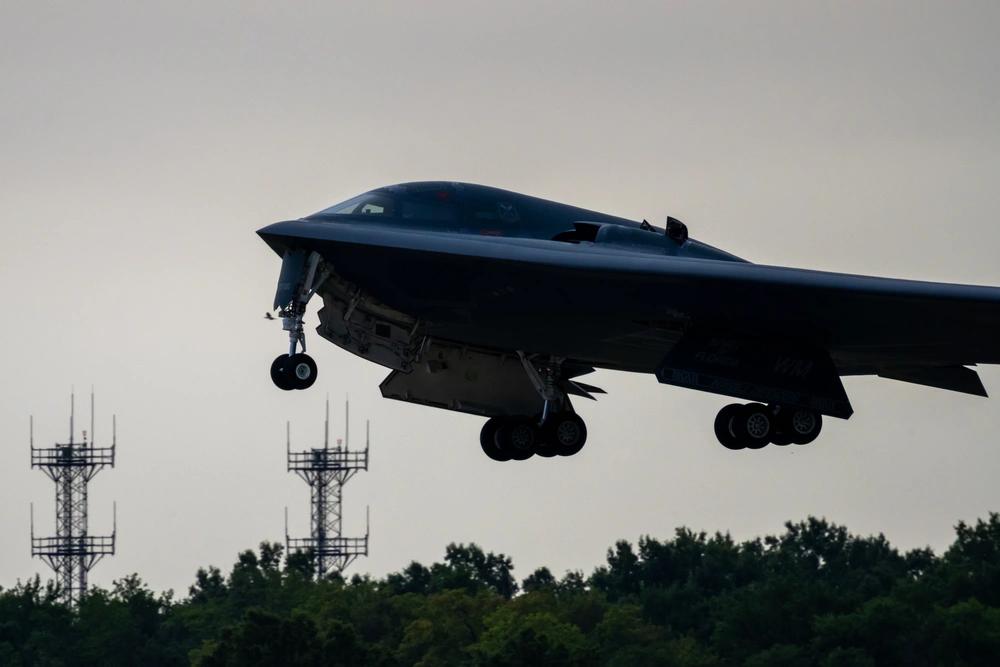
‘If the F-35 could be described as a “quarterback in the sky,” you might call the B-21 an “offensive coordinator.” The Raider can carry more than 30,000 pounds worth of warheads and also has more powerful sensors, more onboard computing power, and greater stealth than the F-35.
Stealth-wise, the B-21 offers a big improvement over its predecessor. While the B-2’s stealth is still very capable, the aircraft’s dated radar absorbent skin is extremely fragile, forcing the Air Force to store these bombers in climate controlled hangars. In contrast, the B-21’s radar absorbent material is said to be a multi-generational improvement – meaning you can leave these bombers out in the elements without concern thus significantly reducing the cost of maintaining their vital stealth skin.
However, while the technological improvements made in the 36 years since the B-2 started flying are a huge deal, the most important difference between the B-2 and B-21 programs is volume. The U.S. currently operates just 19 B-2 Spirits, estimated to have cost somewhere north of $2 billion apiece, but the DoD currently has plans to buy at least 100 B-21s, with discussions already underway about potentially even increasing that figure.
Feature Image: The second B-21 Raider has taken flight. (Photo courtesy of Jarod M. Hamilton)
Read more from Sandboxx News
- SOCOM’s latest rifles embrace the 6.5 Creedmoor cartridge
- Can we build stealth aircraft with retractable vertical tails?
- Armed drone proliferation looks to accelerate in the wake of US decision
- Russian military culture doesn’t care about suffering tremendous casualties to gain ground
- NATO shoots down Russian drones over Poland marking a first for the alliance
Related Posts
Sandboxx News Merch
-
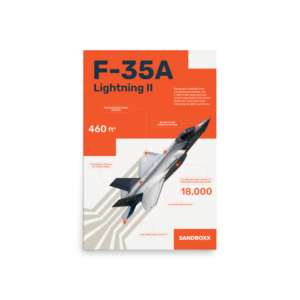
F-35 ‘Lightning’ Poster
$22.00 – $28.00Price range: $22.00 through $28.00 Select options This product has multiple variants. The options may be chosen on the product page -
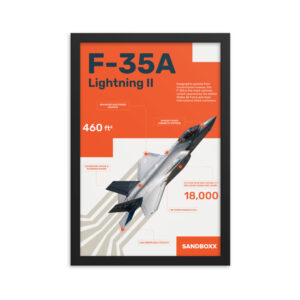
F-35 ‘Lightning’ Framed Poster
$45.00 – $111.00Price range: $45.00 through $111.00 Select options This product has multiple variants. The options may be chosen on the product page -

‘Sandboxx News’ Camo Trucker Hat
$29.00 Select options This product has multiple variants. The options may be chosen on the product page

Alex Hollings
Alex Hollings is a writer, dad, and Marine veteran.
Related to: Airpower, Breaking News

How US Special Forces took on Wagner Group mercenaries in an intense 4-hour battle
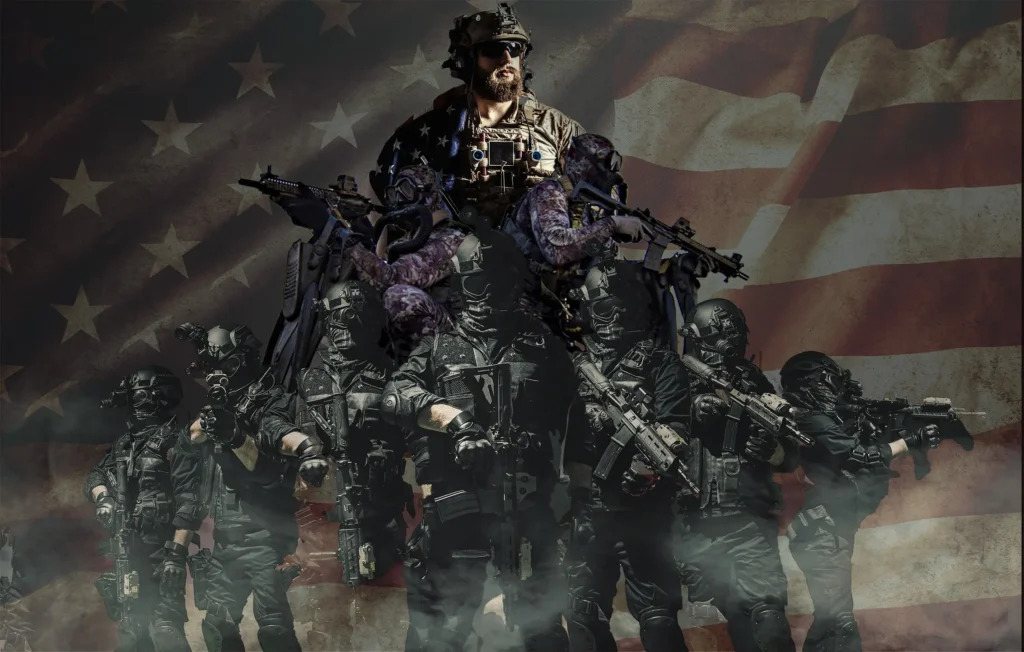
The social hierarchy of US special operations units
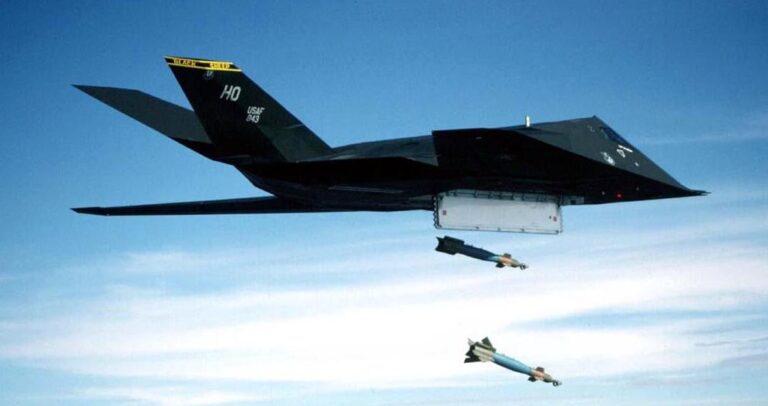
It took more than stealth to make the F-117 Nighthawk a combat legend
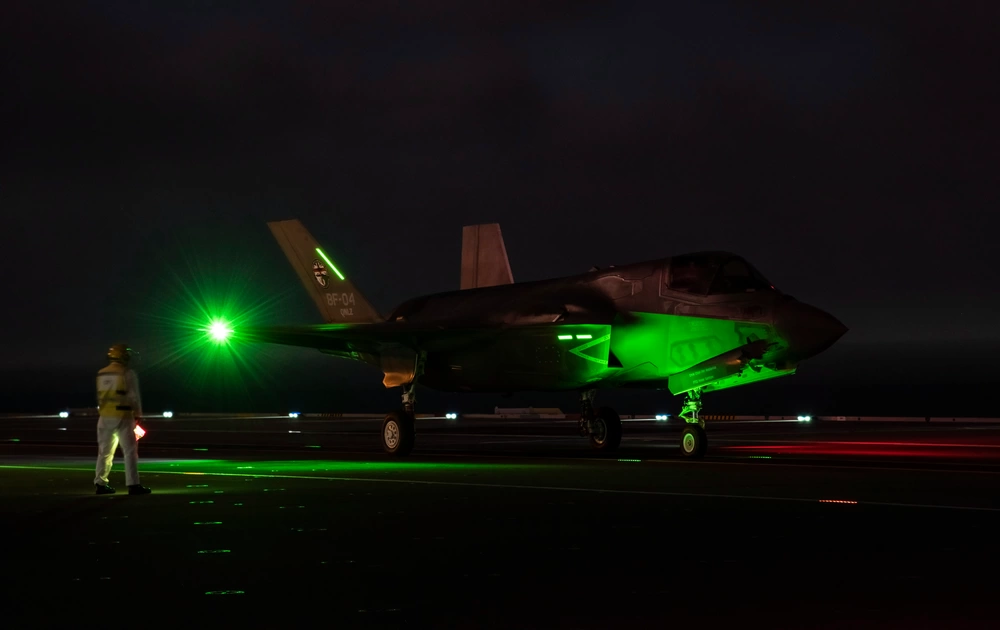
New material from North Carolina State University could revolutionize stealth aircraft (and even warship) design
Sandboxx News
-

‘Sandboxx News’ Trucker Cap
$27.00 Select options This product has multiple variants. The options may be chosen on the product page -

‘AirPower’ Classic Hoodie
$46.00 – $48.00Price range: $46.00 through $48.00 Select options This product has multiple variants. The options may be chosen on the product page -

‘AirPower’ Golf Rope Hat
$31.00 Select options This product has multiple variants. The options may be chosen on the product page -

‘Sandboxx News’ Dad Hat
$27.00 Select options This product has multiple variants. The options may be chosen on the product page
